#LeeIacocca
The Deuce's Coupe – Henry Ford II's Personal Prototype Mustang
Fifty years ago this week, the first Ford Mustang went on sale. While Lee Iacocca is considered by many to be the father of the Mustang, the simple reality is that without the approval of Henry Ford II, the chief executive at Ford, the Mustang would never have happened. That took some doing. After American Motors had shown the viability of compact cars, in 1960, Ford introduced the Falcon, Chevrolet introduced the Corvair, and Pontiac brought out the original, compact, Tempest. When GM introduced the sportier Monza versions of the Corvair, Iacocca, who by then was a Ford corporate VP and general manager of the Ford division, wanted something to compete with it. Henry Ford II, aka “Hank the Deuce”, had to be convinced to spend money on the project, just a few short years after FoMoCo took a serious financial hit when the Edsel brand did not have a successful launch. Iacocca, one of the great salesmen, not only sold his boss on the concept of the Mustang, the Deuce came to love the pony car so much he had a very special one made just for himself.
Junkyard Find: 1981 Dodge Aries Station Wagon
The Chrysler K platform spun off many K-based descendents, but genuine, pure Ks have been fairly rare in this series. We’ve seen this ’83 Dodge Aries sedan, this ’85 Dodge 600 Turbo, and this ’88 Dodge Aries wagon so far, though I’ve passed over many dozens more. Still, when I see a first-year Aries wagon in this weird chalky gray-green color and it has a “Hemi 2.6” engine, I break out the camera!
Junkyard Find: 1985 Dodge 600 Turbo
Once Chrysler’s K platform proved successful, the E (for “extended”) version of the K soon followed. First was the 400, which was then upgraded to the 600 for the 1983 model year. You don’t see many 600s these days, though you might see the occasional Hongqi CA750F version on the streets of Beijing. Here’s a once-luxurious brown 600 I spotted in a Denver wrecking yard.
No, The Ford Mustang Was Not Named After the SMU Football Team
After the University of Michigan and Southern Methodist University announced that their football teams will play against each other for only the second time ever, SMU issued a press release about what the school says is the role the first game back in 1963 had on automotive history. Essentially the school, whose sports teams are called the Mustangs, is claiming that Lee Iacocca named the Ford Mustang after their football team. Quote SMU:
Even though it was just one game, the 1963 game at Michigan plays a big part in SMU lore. Legend has it that when Ford Motor Company was preparing to introduce the sports car that would gain fame as the Mustang, it was considering other names such as Cougar, Bronco, Cheetah and Colt. But on Sept. 28, 1963, SMU took an undersized but quick team to Ann Arbor to play a massive Michigan Wolverine squad. Michigan gained the early advantage, but had to fight off the feisty Ponies for a 27-16 win.
The story continues that after the game, Ford’s Lee Iacocca entered the SMU locker room and addressed the disappointed Mustangs.
“Today,” Iacocca said, “After watching the SMU Mustangs play with such flair, we reached a decision. We will call our new car the Mustang. Because it will be light, like your team; It will be quick, like your team; And it will be sporty, like your team.”
Ford’s new car got its name, and the rest, as they say, is history.
History? The press release was closer to the truth when it used the words “lore” and “legend”.
Former Chrysler CEO Lee Iacocca Endorses Mitt Romney
Retired Chrysler CEO and former Ford president Lee Iacocca has endorsed Republican presidential candidate Mitt Romney. Iacocca is a political independent with a record of endorsing both Republicans and Democrats for the United States’ highest elected office. In his endorsement statement, which was also published as an op-ed piece in the Detroit News, Iacocca stressed his and Romney’s experience in “turnarounds”, America’s need for leadership, and his opinion that the future of the country depends on the results of this particular presidential election.
Curbside Classic: 1983 Dodge Aries (Original K-Car)
Suddenly it’s 1960 (again)! Well no, not that 1960. How about this one, the (more) real 1960? Yes, history repeats itself, and every so often, Detroit was forced out of its delusional slumber and denial to face the music that always seemed to grate on its ears: small cars. In response to a growing avalanche of European imports led by the VW in the fifties, in 1960 the Big Three launched their first-ever compacts: Ford Falcon, Chevrolet Corvair and Chrysler’s Valiant. By the mid/late seventies, those were all gone, but the Japanese were all here. So Detroit geared up for the second big import showdown of 1980-1981. Once again, Chrysler’s weapon was clearly aimed at the traditional American-car buyer: more technically advanced this time (FWD!), but conservatively styled, still smarting from the painful lesson of their bizarrely-styled 1960 Valiant.
The K-cars set out to recreate the 1960 Falcon’s success, all-too eager to recapture its spirit: small, boxy, roomy, pragmatic and all-American, right down to the front bench seat. Well, maybe a bit too 1960 America; just like the Falcon, the K-car appealed to traditional American-car buyers, but had no apparent impact on the the explosive growth of the Japanese imports, just like the Falcon failed to dent the Volkswagen’s success. So ironically, although the K-car saved Chrysler in the eighties, it did little or nothing to stem the tsunami that ultimately overtook the Pentastar a second time. History repeats itself…
1972 Ford Carousel: The Chrysler Minivan's True Father?
Why the endless questions and arguments about the origins of the Chrysler minivans? It’s the old story: “success has a thousand fathers”. You don’t see designers and execs fighting about the paternity of the Aztek. We stepped on some toes regarding the origins of the Espace, and heard from its father. And we took a wild (and disputed) stab at finding the maternal lineage of European minivans, but the American minivan paternity wars go on. Its origins clearly go back to the early seventies, when both Chrysler and Ford developers claim to have been working on “garageable vans”. Meanwhile, the commonly held story is that Hal Sperlich and Lee Iaccocca’s Minimax concept was spurned by Henry Ford II, and they took it with them to bring to fruition at Chrysler. And as usual, its not quite as simple as that.
Curbside Classic: 1984 Dodge Caravan
There’s nothing truly original in the car business. Everyone begs, steals and borrows from everyone else. Or sometimes, the same (and usually obvious) idea ferments for years in various heads or companies, and then suddenly appears in the same format at the same time in totally different places. How about the modern FWD mini-van? It first bubbled up in two totally different branches of Chrysler, sat for years,and then suddenly sprang forth, one in the US, the other in France, both at the same time. Coincidence, or is it just that every idea has its day in the sun? For the minivan, that would be 1983. In France, it was the Espace; in the US it was the Dodge Caravan/Plymouth Voyager.



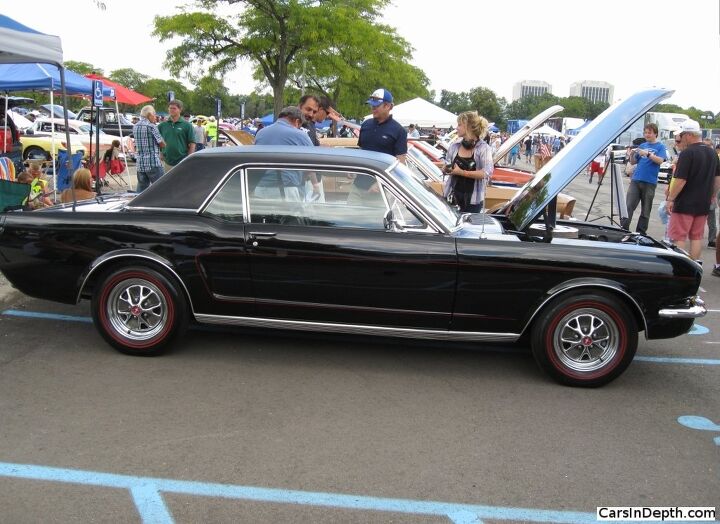

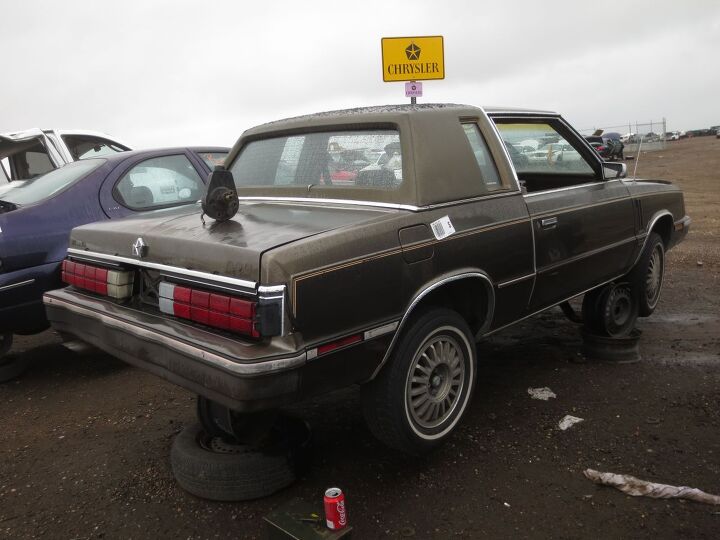

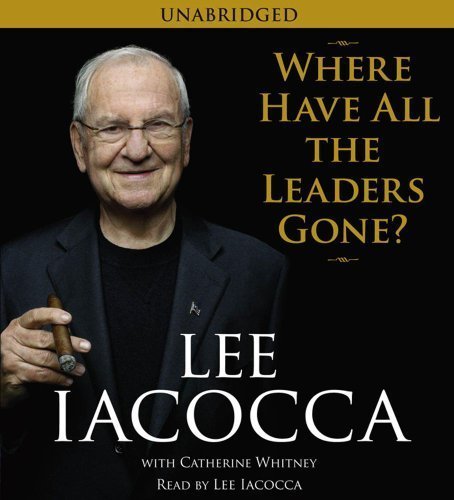
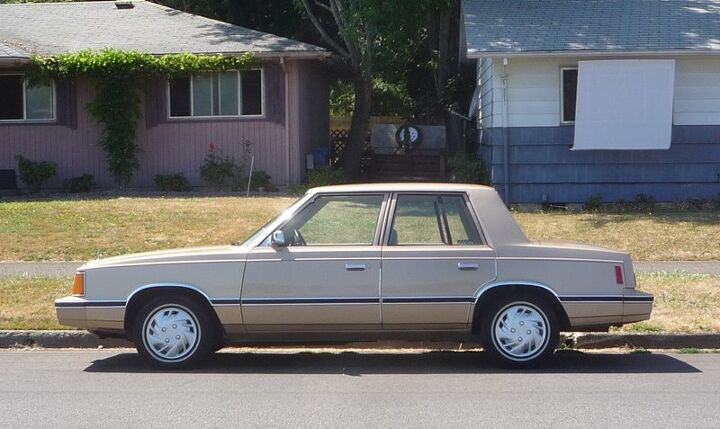
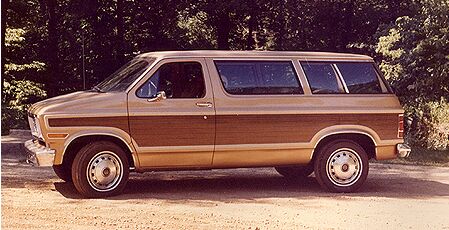
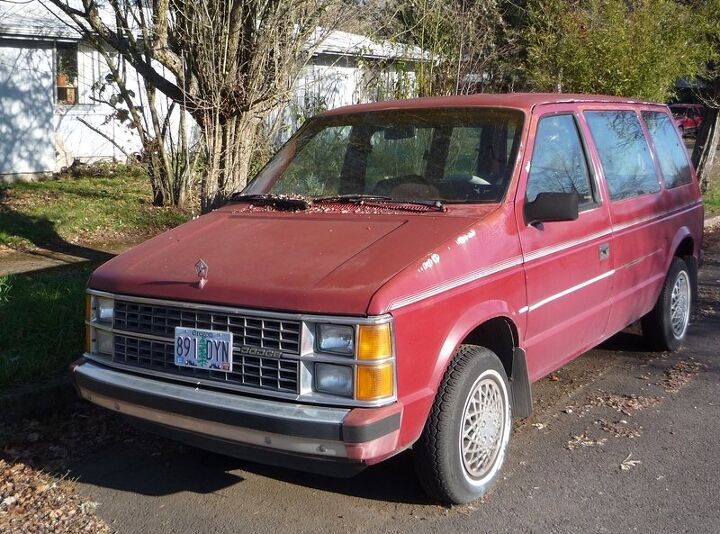












Recent Comments